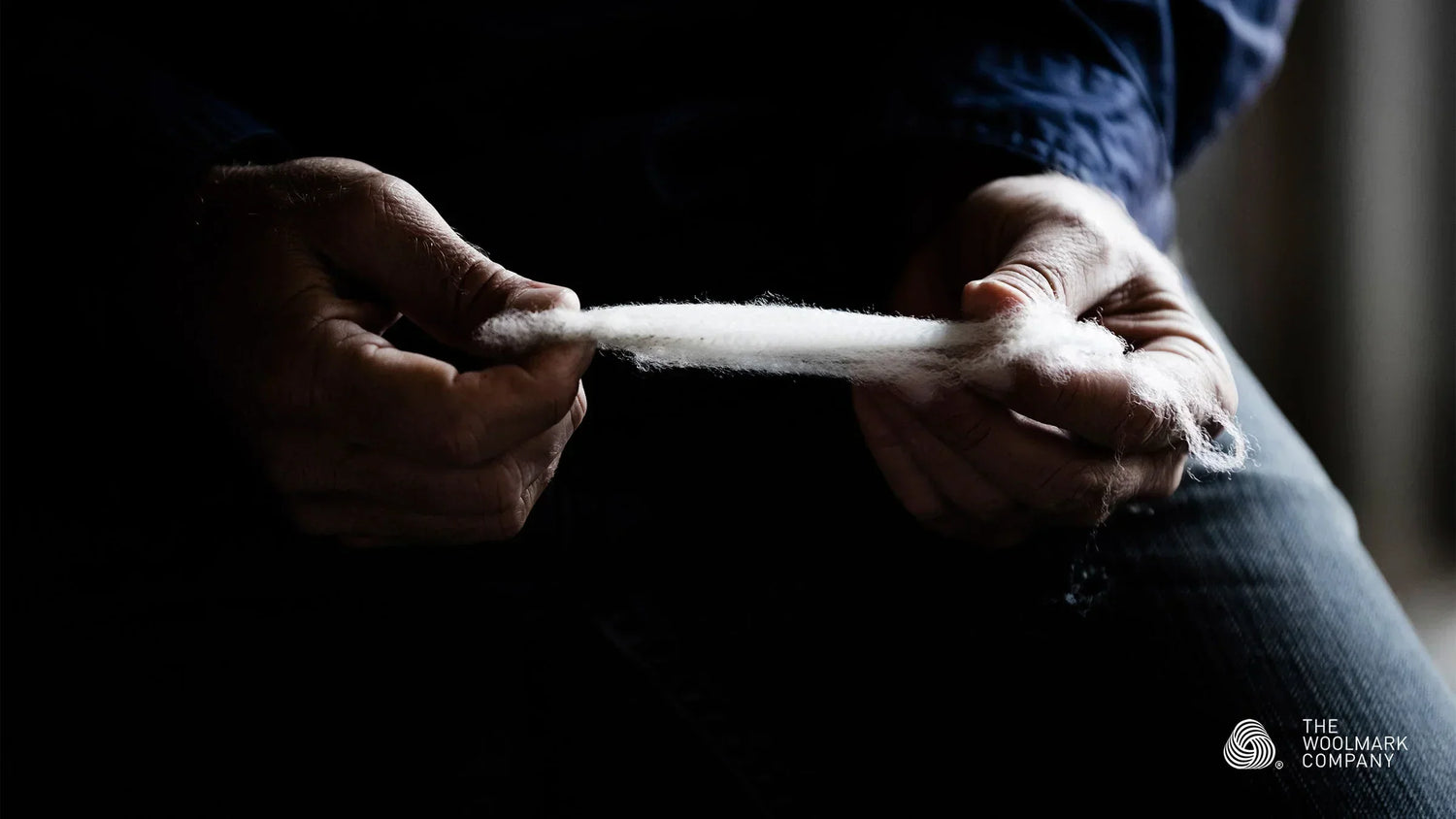Wool is a natural fiber that has been used in clothing for centuries. It provides warmth, breathability, and durability — but did you know that not all wool is the same? In recent years, merino wool has become an increasingly popular alternative to traditional wool — and for good reason.
In this article, we’ll walk you through the key differences between merino wool and conventional wool: where they come from, how they feel, and why merino wool has become a favorite for people who value both comfort and performance.
1. Different Sheep, Different Wool
The biggest difference starts with the origin of the wool itself.
Regular wool, also known as sheep’s wool, can come from many different sheep breeds around the world. This means its quality, texture, and purpose can vary significantly. The fiber may be thick and coarse, or moderately soft — but rarely very fine.
Merino wool, on the other hand, comes specifically from merino sheep, typically raised in mountainous regions with variable climates, like New Zealand and Australia. In order to survive both heat and cold, merino sheep have developed a special kind of fleece: fine, soft, and highly breathable. The result? An exceptionally fine-textured wool that feels comfortable even against bare skin.
2. Merino Wool Is Softer – and Doesn’t Itch
When people think of wool, they often associate it with itching and scratchiness. That sensation is usually caused by the thickness of the wool fibers.
Regular wool fibers are generally 25–35 microns in diameter, which can feel rough and irritating against the skin.
Merino wool fibers are much finer — typically between 17 and 21 microns. This makes the material noticeably softer, smoother, and more pleasant to wear directly on the skin. Even those who normally find wool uncomfortable are often surprised at how soft merino feels.
If itchy sweaters have been a problem for you, a merino wool knit might just be the solution.
3. Breathability and Temperature Regulation – All Year Round
Wool is best known for its ability to provide warmth. But did you know that merino wool also helps keep you cool?
Merino wool naturally regulates body temperature. Its fiber structure allows moisture to evaporate from the skin and lets air circulate, helping you stay at a comfortable, stable body temperature — never too hot or too cold. That’s why merino works just as well in frosty weather as it does under spring sunshine.
Traditional wool keeps you warm, but it may not be as breathable or as effective at moisture management. That can make it feel heavy or stuffy, especially during activity or in warmer conditions.
4. Odor Resistance and Easy Care
One of the standout benefits of merino wool is its natural antibacterial properties. It resists odors far better than many other materials — even after a sweaty day. In most cases, simply airing out your merino garment is enough to keep it fresh, reducing the need for frequent washing.
Regular wool, on the other hand, tends to absorb odors more easily and may require more careful handling and laundering. Thick wool sweaters, for example, can be slower to dry and more prone to retaining smells.
So merino wool doesn’t just save time and water — it also stays fresh for longer.
5. Perfect for Active Everyday Life
One of the reasons merino wool has become so popular is its versatility and comfort in motion. It’s naturally elastic, breathable, and adapts to your body’s movement. That makes it the ideal material for sports, outdoor activities, travel, and everyday wear.
Regular wool is better suited for more static use — such as warm sweaters, scarves, and coats — but lacks the technical performance or lightweight comfort that merino offers.
If you’re looking for clothing that performs from the forest trail to the office to a weekend getaway, merino wool is a smart choice.
6. Durability and Sustainability
Both regular wool and merino wool are natural fibers, making them good options for conscious consumers. But merino wool stands out for its longevity, year-round usability, and low maintenance needs.
When sourced responsibly — and especially when it’s mulesing-free, like the merino used in North Outdoor’s collections — merino wool is both ethical and environmentally friendly.
Why Choose Merino Wool?
If you value comfort, versatility, ease of care, and sustainability in your clothing, merino wool brings all of that together in one soft, dependable package. It’s not just for cold weather — it’s an all-season essential that makes everyday life a little more comfortable.





Leave a comment
This site is protected by hCaptcha and the hCaptcha Privacy Policy and Terms of Service apply.